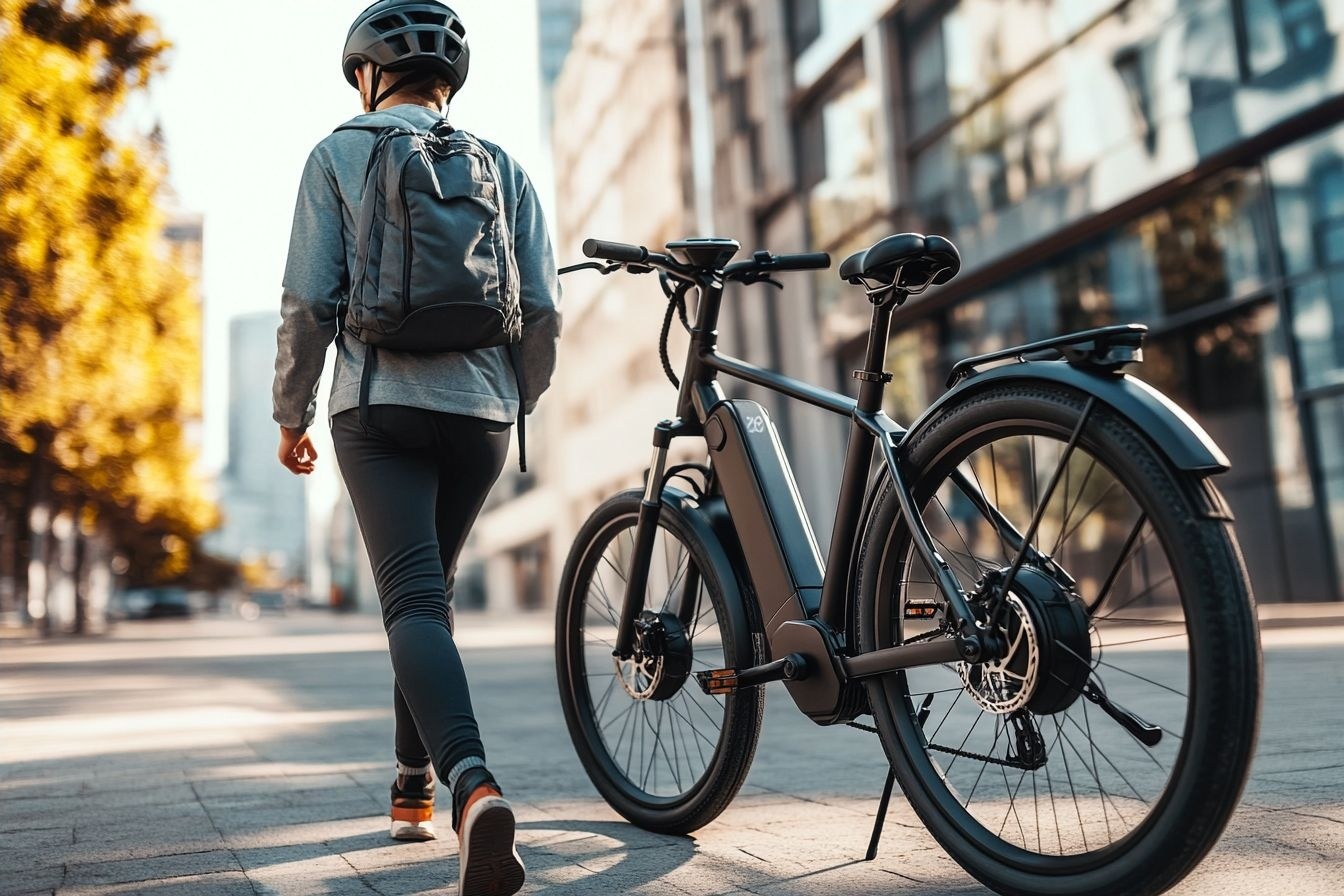E-Bike Financing in the UK: Options for Buyers with Poor Credit
E-bikes are gaining popularity in the UK as a sustainable transport option, but financing one can be challenging for those with poor credit. This article looks at available finance solutions, including flexible payment plans, and explores how individuals with low credit scores can still access e-bikes.

What makes e-bikes a popular choice in the UK?
E-bikes have gained significant traction in the UK for several reasons. They offer an environmentally friendly alternative to cars, helping reduce carbon emissions and traffic congestion in urban areas. For commuters, e-bikes provide a sweat-free ride to work, combining the benefits of cycling with motorized assistance. The pedal-assist feature makes cycling more accessible to people of various fitness levels and ages, encouraging more individuals to adopt active transportation. Additionally, e-bikes are cost-effective in the long run, with lower maintenance and running costs compared to cars or public transport.
How does poor credit affect e-bike financing options?
Poor credit can significantly impact an individual’s ability to secure traditional financing for an e-bike. Many lenders use credit scores as a primary factor in determining loan eligibility and interest rates. Consequently, those with low credit scores may face higher interest rates, stricter terms, or outright rejection when applying for standard loans or credit cards to finance their e-bike purchase. This situation can be discouraging, but it’s important to note that alternative financing options exist for those with less-than-perfect credit.
What financing possibilities exist for those with poor credit?
Despite the challenges, several financing options are available for UK residents with poor credit looking to purchase an e-bike:
-
Buy Now, Pay Later (BNPL) schemes: Many e-bike retailers partner with BNPL providers, offering flexible payment plans that don’t always require a credit check.
-
In-house financing: Some e-bike shops offer their own financing programs, which may be more lenient with credit requirements.
-
Guarantor loans: These loans involve a third party (usually a family member or friend) who agrees to cover the payments if the borrower defaults.
-
Secured loans: Using an asset as collateral can increase the chances of loan approval, even with poor credit.
-
Credit unions: These member-owned financial cooperatives often have more flexible lending criteria than traditional banks.
How can financing support e-bike ownership?
Financing can make e-bike ownership more accessible by spreading the cost over time. Instead of paying a large sum upfront, buyers can manage smaller, regular payments that fit into their monthly budget. This approach allows individuals to start enjoying the benefits of e-bike ownership sooner, potentially saving money on commuting costs or gym memberships. Moreover, some financing options may offer interest-free periods, providing an opportunity to pay off the e-bike without incurring additional charges if managed correctly.
What should you consider when choosing an e-bike financing option?
When exploring financing options for an e-bike with poor credit, consider the following factors:
-
Interest rates and fees: Compare the total cost of financing across different options.
-
Repayment terms: Ensure the monthly payments are manageable within your budget.
-
Early repayment options: Look for plans that allow you to pay off the balance early without penalties.
-
Credit reporting: Some financing options may help improve your credit score if payments are reported to credit bureaus.
-
Consumer protections: Understand your rights and the terms of the agreement before committing.
How can you manage repayments on e-bike purchases?
Managing repayments effectively is crucial when financing an e-bike, especially with poor credit. Here are some strategies to help:
-
Set up automatic payments to avoid missed or late payments.
-
Create a budget that prioritizes your e-bike repayments.
-
Consider making extra payments when possible to reduce the overall interest paid.
-
Communicate with your lender if you encounter financial difficulties.
-
Monitor your credit report regularly to track improvements in your credit score.
| Financing Option | Provider Example | Key Features | Estimated APR Range |
|---|---|---|---|
| Buy Now, Pay Later | Klarna | Split payments, no interest if paid on time | 0% - 18.9% |
| In-house Financing | Halfords | Flexible terms, potential for poor credit acceptance | 14.9% - 29.9% |
| Guarantor Loans | Amigo Loans | Higher acceptance rate with guarantor | 49.9% - 69.9% |
| Secured Loans | Zopa | Lower rates with collateral | 8.9% - 17.9% |
| Credit Union Loans | London Mutual Credit Union | Community-focused, flexible criteria | 6.9% - 26.8% |
Prices, rates, or cost estimates mentioned in this article are based on the latest available information but may change over time. Independent research is advised before making financial decisions.
In conclusion, while poor credit can complicate e-bike financing, it doesn’t make it impossible. By exploring various options and carefully considering the terms and conditions, UK residents with less-than-ideal credit can find ways to finance their e-bike purchase. This accessibility to green transportation not only benefits individual commuters but also contributes to broader environmental and urban planning goals. As the e-bike market continues to grow, it’s likely that more flexible financing options will emerge, making sustainable transport choices increasingly available to a wider range of consumers.




